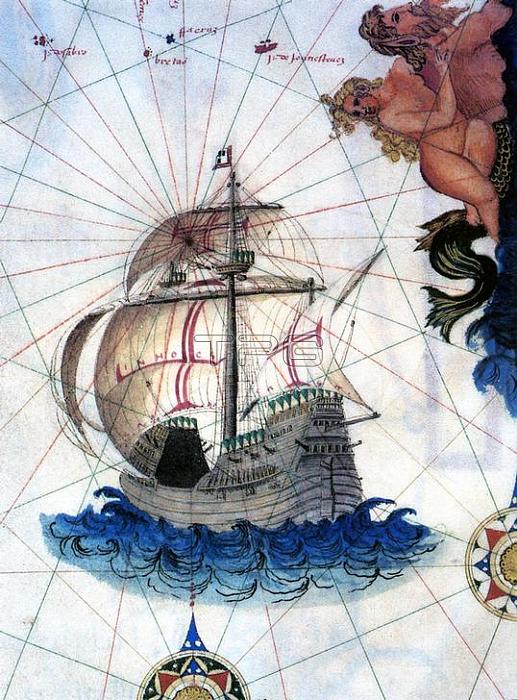
A carrack was a three- or four-masted sailing ship developed in the 15th century by the Genoese for use in commerce. They were widely used by Europe's 15th-century maritime powers; from the Mediterranean to northwest Europe; although each region had models of slightly different design. The Portuguese and the Spanish used them for oceanic travel and to explore the world.
With linguistic variation; these ships were called: caracca or nao in the Genoese dialect and in Castillian Spanish; nau in Portuguese; caraque or nef in French. The name 鈥榗arrack' probably derives from the Arab Harraqa; a type of ship that first appeared along the shores of the Tigris and Euphrates rivers roughly during the 9th century.
Carracks were ocean-going ships: large enough to be stable in heavy seas; and roomy enough to carry provisions for long voyages. They were usually square-rigged on the foremast and mainmast and lateen-rigged on the mizzenmast. They had a high rounded stern with large aftcastle; forecastle and bowsprit at the stem. As the forerunner of the great ships of the age of sail; the carrack was one of the most influential ship designs in history; while ships became more specialized; the basic design remained unchanged throughout this time period. Pictures From History
| px | px | dpi | = | cm | x | cm | = | MB |
Details
Creative#:
TOP19380973
Source:
達志影像
Authorization Type:
RM
Release Information:
須由TPG 完整授權
Model Release:
No
Property Release:
No
Right to Privacy:
No
Same folder images:

 Loading
Loading